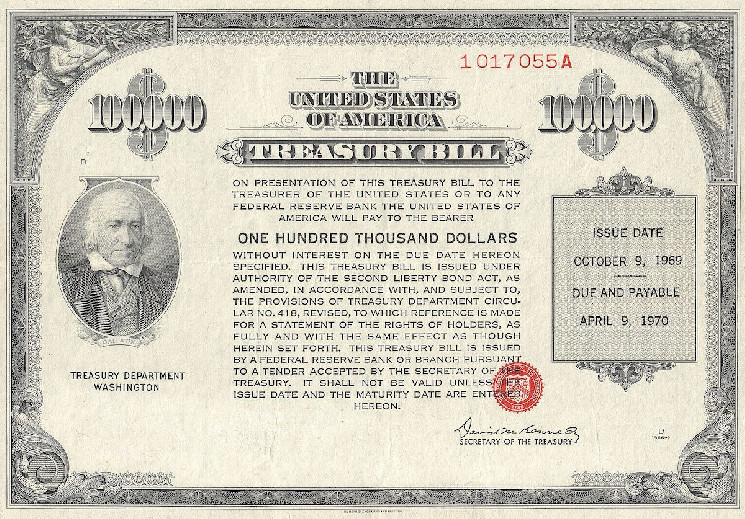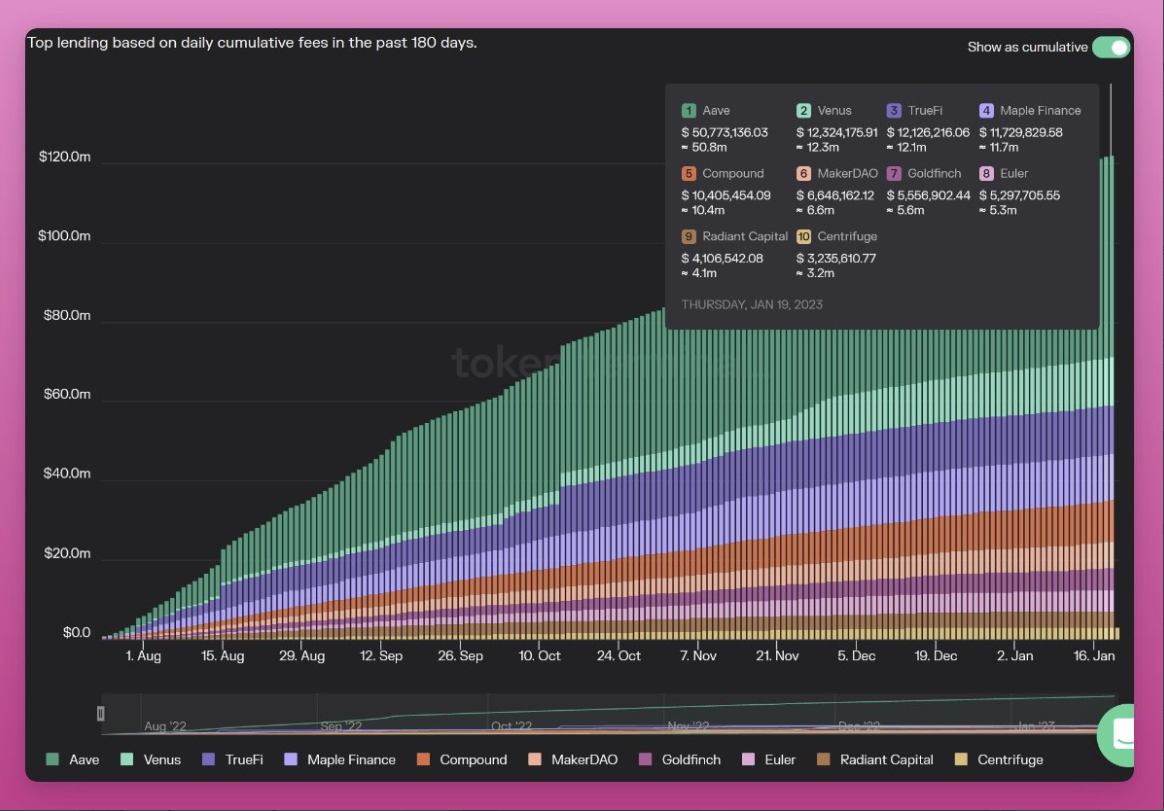Gearbox Protocol, known for its leverage and lending products in the decentralized finance (DeFi) space, has announced plans to launch its v3 upgrade. The exact date of the launch is yet to be confirmed, but is expected later this month.
Building on the success of its previous iterations, v3 introduces an Onchain Credit Layer, that the project says will redefine the concept of credit in the realms of DeFi, NFTs, and beyond.
The core of v3’s innovation lies in account abstraction. Users will gain control over individual credit accounts, equipped with smart contracts that manage collateral and borrowed funds.
IvanGBi, a pseudonymous Gearbox DAO contributor, told Blockworks that the protocol will design credit accounts to unlock composable credit. They will not touch the wallet layer where people own assets, or the protocol layer where the liquidity is.
“The credit layer means that user interfaces or account abstraction can use DeFi protocols with leveraged credit, even other protocols could be using credit as a yield optimizer for instance,” IvanGBi said.
Read more: Gearbox is releasing its V3 — here’s what’s new
On-chain credit will hence operate similarly to an in-store credit card, providing users with the means to access increased capital across various DeFi protocols. This system, leveraging the decentralized and interoperable nature of blockchain technology, offers a potentially unique level of autonomy and integration not seen in traditional credit models.
Gearbox v3 will be focused on leverage that can be all-seasonal and is not subject to different market conditions, IvanGBi notes.
It will introduce collateral limits for new and large assets, which will be adjustable through governance and rate markets.
“Gearbox v3 has a thing where a borrower will be charged different rates depending on where their money goes,” he said. “For example, if you borrow [ether] ETH, and you’re just shorting it, the rate of pay is just the usual utilization curve, but if you’re borrowing ETH, and you’re going to do some liquid re-staking token that we have enabled, you are paying a higher rate.”
IvanGBi explained that in Gearbox v3, there will be two critical parameters set within the rate markets to manage risks effectively.
The first is the range of the fee market, which is predetermined during the process of onboarding collateral. This sets a spectrum for potential fees associated with different assets.
The second parameter involves determining the exact position of risk within this established range. This specific risk placement will be decided by Gear (GEAR) token stakers, thereby allowing stakeholders in the Gearbox ecosystem to have a direct impact on assessing and managing the risk levels associated with different collateral types.
“That’s minimum viable economics coming in v3, where stakers could decide how much extra dollars should be paid,” he said.
Another focus for Gearbox’s v3 launch will be modular and composable pools. This means that users can deploy and redeploy different pools however they choose.
“You can imagine a Gearbox pool, which is governed by gear holders, where collateral is onboarded and governed by them, you can also imagine a pool which is specific for KYCed [know your customer] institutions, which restrict access only to limited users or ask for KYC, you can also imagine other DAOs making their own little Gearbox with their own parameters,” IvanGBi said. “In that sense, we are super modular.”
Sourced from cryptonews.net.










